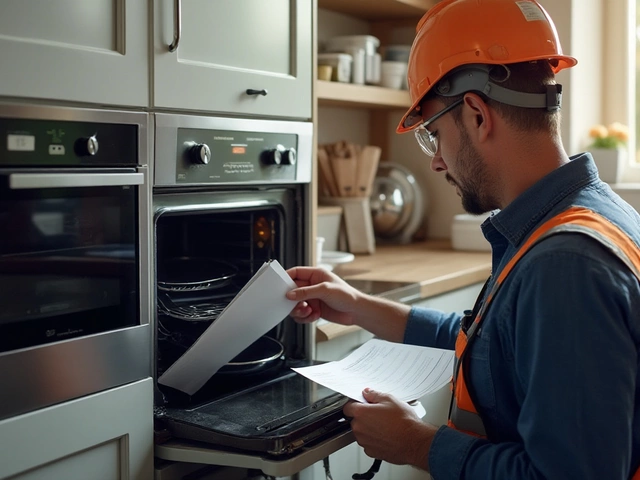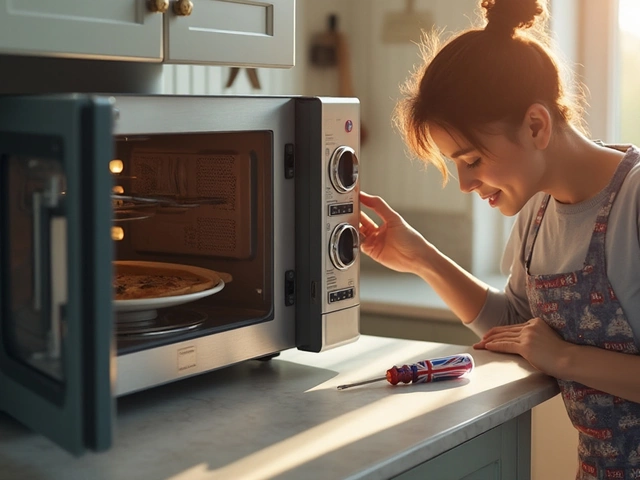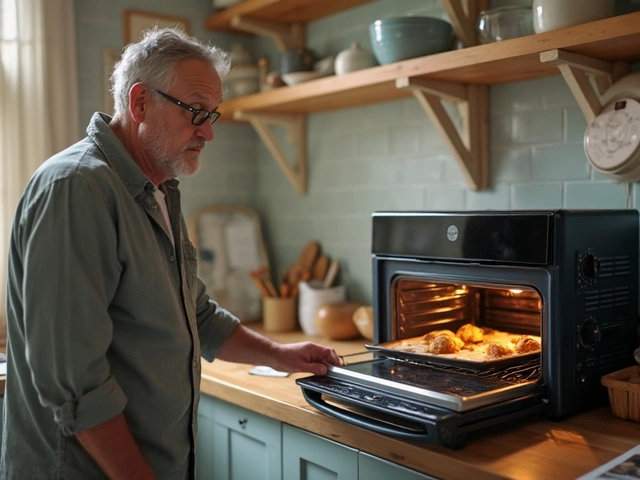Appliance Standards: Why They Matter for Your Home
When you buy a fridge, washing machine or any other big gadget, you probably think about price, size and style. Few people stop to ask: does it meet the right standards? The short answer is yes – it should. Standards are the rules that make sure appliances are safe, energy‑efficient and built to last. Ignoring them can mean higher bills, risky breakdowns or even a fire.
Common UK Appliance Standards
In the UK most appliances follow a set of well‑known regulations. The most visible one is the energy label – a colour‑coded rating from A+++ down to G. It tells you how much electricity or gas the device will use each year. Choose a higher rating and you’ll usually save money on your bill.
Safety is covered by the British Standards (BS) and the EU‑wide CE marking. A BS number, like BS EN 60335, means the product has been tested for things like overheating, electric shock and mechanical failures. The CE mark shows the item meets the minimum health and environmental requirements.
There are also specific rules for certain appliances. For example, gas boilers must comply with the Gas Safety (Installation and Use) Regulations, while water heaters need to follow the Water Regulations Advisory Scheme (WRAS). Knowing which rule applies helps you pick the right model and avoid illegal installs.
How to Check and Meet the Standards
First, look at the label on the appliance. You’ll see the energy rating, the CE logo and often a BS code. If any of these are missing, ask the seller for proof – a certificate or a data sheet. Reputable retailers usually have the paperwork ready.
Second, think about installation. Some appliances, like electric ovens or built‑in extractor fans, must be fitted by a qualified electrician. Trying a DIY install can void the warranty and break safety rules. If you’re unsure, call a professional – it’s usually cheaper than fixing a mistake later.
Third, keep records. Save the manuals, receipts and certificates in a folder. When the appliance is serviced, the technician will often ask for the model number and the safety standard it follows. Having the info handy speeds up the process.
Finally, maintain the appliance. Even a product that met all standards when new can slip out of compliance if you neglect it. Clean filters, check hoses for leaks and schedule annual checks for boilers and water heaters. A well‑maintained device stays safe and efficient for longer.
Choosing appliances that exceed the minimum standards can also give you extra perks. Models with a high A rating often run quieter, have better temperature control and last longer. Some newer devices even have smart features that let you monitor energy use via an app. These extra functions still have to meet the same safety and performance rules, so you’re getting both comfort and compliance.
For more detail, visit the UK government’s website or the Energy Saving Trust. They list the latest standards, offer comparison tools and explain how to read the labels. Having reliable sources saves you from misleading ads and helps you make smarter choices.
Bottom line: standards aren’t just paperwork. They protect your wallet, your home and your family. The next time you shop for a fridge, washer or any other gadget, take a minute to scan the label, ask the right questions and make sure the installation follows the rules. It’s a small step that pays off in peace of mind and lower energy costs.






